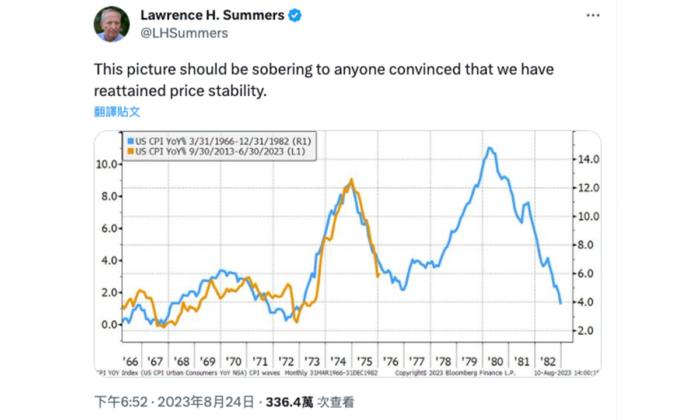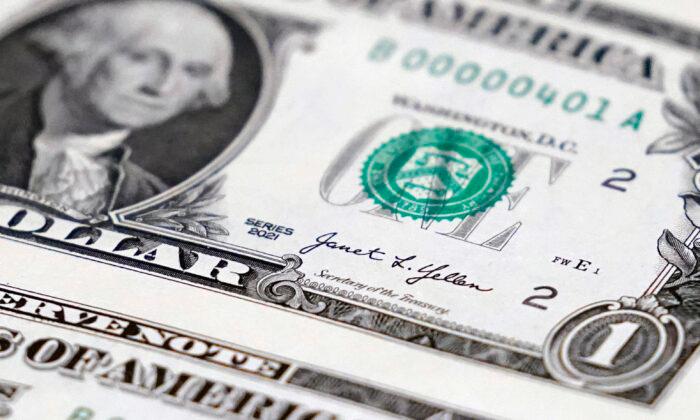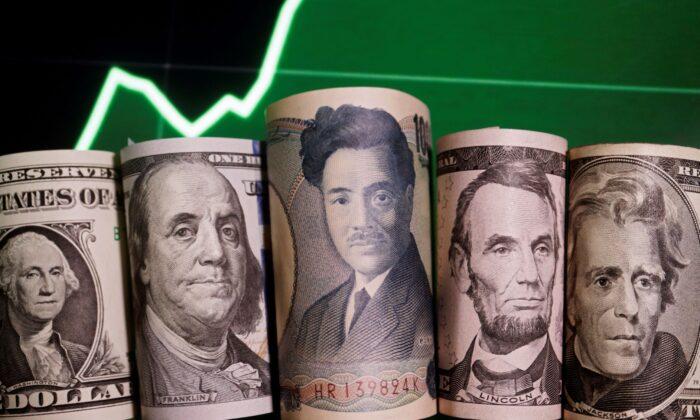Three weeks ago, Lawrence Summers posted in his X (formerly Twitter), a chart comparing U.S. CPI YoY inflation with the mid-1970s. The chart attracted many views as well as lots of criticism. Quite a portion of the negative comments were from academics.
Mr. Summers is highly respectable in the field, and members of the circle do have very high expectations from him. Some criticize his posting of a technical chart and then argue too much about the future based on simple and naïve comparisons, which is unacceptable by any academic standard.
Nobody would believe that Mr. Summers would be unable to perform any sophisticated analysis. However, social media is social media, newspaper column is newspaper column, and academic journal article is academic journal article. We all know these are entirely different.
Nobody would expect some rocket science equations to appear in the Washington Post, nor would this kind of content be appropriate to appear in a short piece in X. It would also be unfair to label the inappropriateness of an expert discussing this kind of serious topics in any non-serious platform.

I also posted precisely the same chart here five months ago (in the April 13 article). It does not mean I don’t know how to set up and solve a sophisticated macroeconomic model. Mediocre academics often pay too much attention to academic technicalities and tend to judge others similarly.
The academic circle is full of dogmatism. In social science, including economics, academics tend to criticize the other camp(s) of different methodologies. Ironically, criticisms often do not raise academic status; only constructive research counts.
No two historic periods are identical. It is never fair to demand similarities in all aspects of two episodes. Yet the similarities between now and the 1970s (and, for that matter, the 1940s and 1910s) are not simply one or two aspects. Behind similarity in inflation, there were both roaring decades (the 2010s and 1960s); the recent one was, in fact, even longer (eleven years between consecutive recessions). More importantly, there were ultra-monetary easings when inflation had been thought extinct at first yet “came out all of a sudden.”
Although different supply shocks drove up inflation (during the oil crisis and COVID-19, while wars were happening in both eras), monetary easing was the common background. Judging this way, the similarity between the two episodes cannot be “purely technical charting” or merely coincidence without any reasoning behind it.
The scientific claim originates from observation. Raising it in social media or newspaper columns does not mean one has to prove it on the same platform or that any higher academic standard cannot verify the claim.
Mankind commits similar mistakes repeatedly. Due to similarities deeply rooted in human nature, so many common points are incorporated into social science. Along this line of thought, it should not be too surprising to see similarities across history, despite dogmatists still criticizing nonstop.
KC Law, Ka Chung







